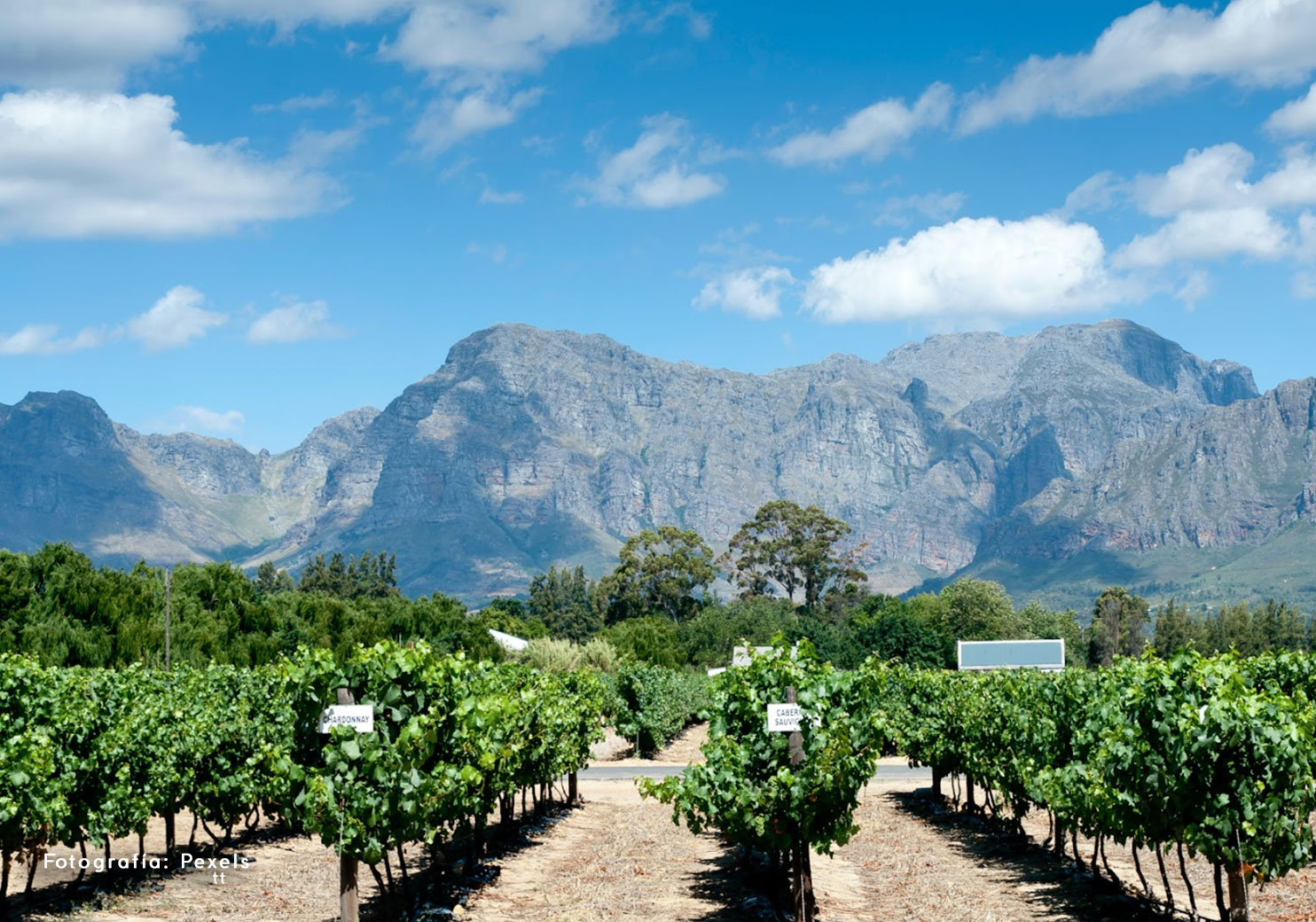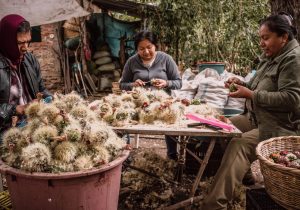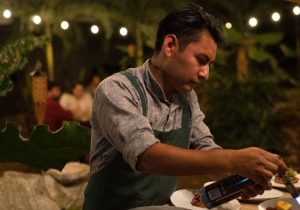
The taste of the Landscape
Much of the cultural heritage of each region of the world is embodied in its dishes, learn about this in “The Taste of the Landscape”.
Landscapes have a flavor of their own. Tourists not only live by nature and culture; the cuisine is part of the journey, and each of the culinary products they consume brings them closer to gastronomic landscapes that are an extraordinary natural pantry: centuries-old olive groves, coffee plantations, vineyards, mangroves, ports, etc., which invites them to travel through history through the ancestral and traditional recipes of the place. Much of the cultural heritage of each region of the world is embodied in its dishes, cooked according to formulas handed down through generations and prepared with the flavor and quality of local ingredients.
Landscapes, cultures and flavors that are sometimes linked to fairs and popular festivals that are an additional attraction of the place and where gastronomic products can be looked at, smelled, tasted and even taken as a souvenir to be enjoyed later in another place. Thus, culinary heritage is an element of communication and cultural transmission where both the traditions and the idiosyncrasies of a given place are manifested. Therefore, cuisine and gastronomy form an indissoluble link between the landscape and the perception of the site visited. Gastronomy is also a territorial symbol, a sample of both culture and nature that defines us as human beings rooted in a certain place. Each region manifests itself through its own gastronomic cultural identity and is assimilated to the landscape.

Pitaya de Colores
Fotografía / Photography: Guillermo Gutiérrez
Therefore, cuisine and gastronomy are elements that fuse the national identity of any region of the world. Pauline Adema, defines gastronomic landscapes as “social, cultural, political, economic or historical landscapes that, in one way or another, have to do with food”. Therefore, gastronomic landscapes are not only manifestations of culinary heritage but intangible associations between a given place and its food, understanding each site as an amalgam of components that includes landscapes, architecture, history, heritage, and social orders.
“Gastronomic landscapes are intangible associations between a given place and its food, understanding each site as an amalgam of components that includes landscapes, architecture, history, heritage, and social orders.”

Cocinando / Cooking
Fotografía / Photography: pexels-maarten-van-den-heuvel-2284166
Faced with the homogenizing effect of globalization, where it is increasingly easy to access products and foods from other places and standardized recipes, the conservation of gastronomic heritage is a fundamental element for the preservation of the identity and character of a region. Its importance does not lie in the cultural manifestation itself, but in the wealth of knowledge and techniques that are transmitted from generation to generation to achieve the product. The social and economic value of this transmission of knowledge is fundamental to maintain the richness and cultural diversity of a site and therefore have a direct (although not necessarily manifest) impact on the conformation of the landscape.

Cafetaleras elaborando tamales
Fotografía / Photography: Lucero del Alba López Pérez
The gastronomic landscape can also be understood as a tourist activity through the consumption of the food culture of a given place in its regional and local expressions, thus causing the influx of visitors to grow motivated by the guarantee found in the rich cuisine of origin of the tourist destination, preventing the food offered from being a simple culinary offer without identity that, far from shaping and improving the landscape and reflecting the culture, is perceived as a simple complementary service to the tourist experience.
Thus, the gastronomic heritage serves as a business card of any place in the world, and must be valued and preserved by the local community, to make it a sustainable heritage. Understanding this, it can be said that gastronomic landscapes are not only a sample of culinary heritage, but they are invisible unions between a given space and its food, taking into account that each place has landscapes, architecture, history, heritage, social structures and relationships that can greatly influence the construction of culture and the perception and experience of a place.

Pitaya de Colores
Fotografía / Photography: Guillermo Gutierrez
Finally, and perhaps most importantly: the places and their landscapes refer us to flavors, smells, the pleasure of enjoying the traditional food of a specific region and are a very important part of the experience of visiting a place. By tasting a certain food, we manage to evoke a place and a memory and vice versa. Sitting in an armchair, we can close our eyes and let our mind travel freely to the places we have visited, and it is almost impossible not to associate that site with a certain smell or taste.
““By tasting a certain food, we manage to evoke a place and a memory and vice versa.””
In addition, the social and even ritual character of a meal would also make the moment shared and enjoyed come to mind, along with the images of the environment where the event happened. Therefore, the gastronomic experience is inserted within the perception of the landscape, becoming a very important component of it, which shows that it is not only built by spaces, nature or specific places, but also the foods of the region, transformed into typical dishes, with their smells and flavors, are those that complement that landscape in an intangible way.












